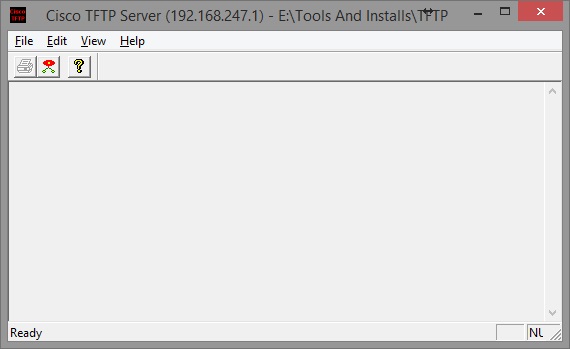

To use the TFTP client application, issue the busybox tftp command: busybox tftp In such cases, since the TFTP client will probably be compiled in busybox, you can send a file saved in the system to a TFTP server on a network.

For example, sometimes the system might not support any writable media using which you can transfer the file. Sometimes there are situations where TFTP is the only option to move a file from your embedded Linux system to the external environment. Due to this feature, it has a wide usage area in embedded systems. The implementation of the protocol is quite easy compared to its alternatives, even for environments that do not have an operating system on them. Because of this limitation, it is more suitable for use in local networks rather than the internet or wide area networks.ĭespite all these seemingly negative features listed above, one aspect of the TFTP protocol that is very strong is its simplicity. Unlike the advanced file transfer protocols that use TCP in the transmission layer, it works on the UDP protocol and doesn't have features such as checking whether or not the packets belonging to the file are going to the other side. It has no additional functions such as identity and authorization control, file listing, deletion, or renaming, which are usually found in other file transfer protocols. TFTP is used to download and send files over UDP/IP.

TFTP is still used for file transfer purposes and there is no fundamental change in the features it supports. Here's how you can set up a TFTP server on a Linux machine.


 0 kommentar(er)
0 kommentar(er)
